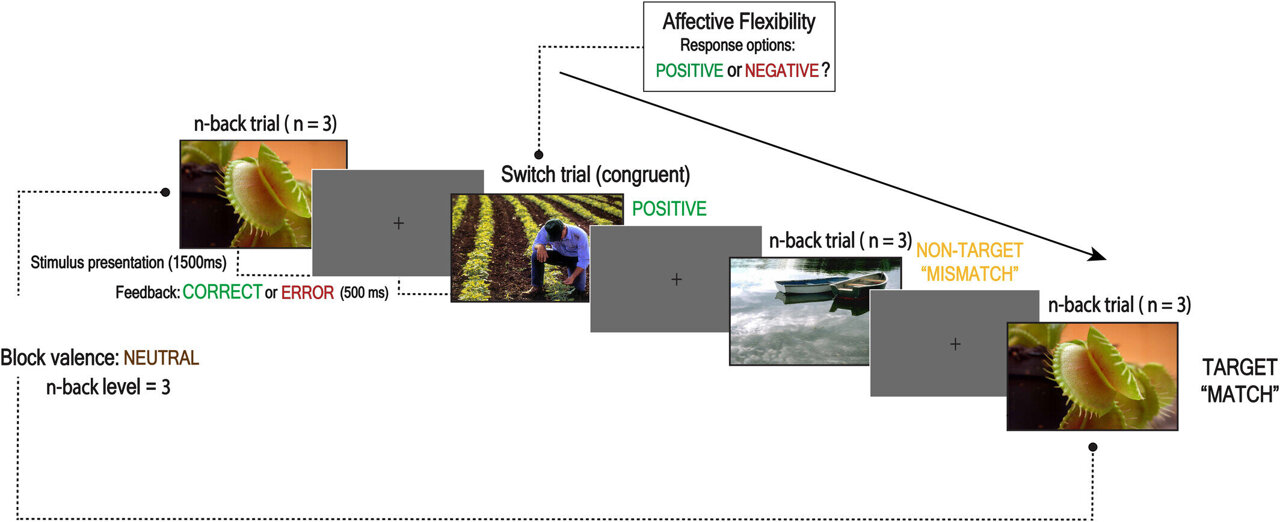
Hearing is not solely dependent on the ears—it is closely linked to our thoughts and emotions. A new study has explored the potential connections between hearing, feelings, and mental processes by examining misophonia, a condition in which individuals have intense emotional reactions to specific sounds.
Subscribe to our newsletterfor the most recent science and technology news updates.
If you've ever experienced an unexplainable anger when hearing someone chew or click a pen, you may have a glimpse into what people withmisophoniaexperience. The stimuli may include noises generated by the human body—such as someone munching on chips, cracking their joints, or breathing heavily. However, it's not only body-related sounds; a clock's ticking or a dog's bark can also elicit the same strong response.
Emotional reactions vary from annoyance to intense anger and revulsion. These are not merely emotions. Physically, individuals with misophonia experiencefight-or-flightIndividuals may react to specific sounds with strong responses. In certain cases, this condition can be so severe that people steer clear of environments where they might hear these sounds, which can significantly impact their everyday activities and personal relationships.
But what makes specific sounds trigger such intense responses?The new studyindicates that individuals suffering from misophonia might experience greater difficulty in shifting attention between emotional and non-emotional stimuli—a capability referred to as "affective flexibility."
The scientists examined 140 adults with an average age of 30, consisting of individuals with clinically notable misophonia symptoms as well as those whose symptoms did not reach clinical levels. Subjects finished aMemory and emotional flexibility task, which included both memory exercises and emotional tasks involving images instead of audio.
Participants were instructed to alternate between recalling details and evaluating the emotional aspects of images. Researchers discovered that the intensity of an individual's misophonia correlated with their capacity to correctly respond to emotional tasks. Greater misophonia severity was linked to lower accuracy in these tasks, indicating diminished mental adaptability when handling emotional content.
The mind's resonance: Why certain sounds refuse to fade
According to the survey results, individuals with more intense misophonia exhibited a greater inclination towards rumination. Rumination involves becoming trapped in negative thoughts regarding the past, present, or future, which can lead to emotional discomfort.
It's important to mention that the questionnaires did not specifically focus on reflecting about misophonia experiences—rather, they addressed a general inclination to become trapped in negative thinking patterns.
Rumination is a symptom associated with several mental health disorders, such as anxiety, depression, and obsessive-compulsive disorder. This connection between misophonia and rumination implies that the condition could be linked to overall emotional processing, rather than just responses to specific sounds.
These results demonstrate the intricate nature of our auditory experiences. Listening goes far beyond simply the ear performing its function. More intense cases of misophonia could be associated with reduced mental adaptability in emotional scenarios and a greater tendency toward negative thought patterns.
It is important to recognize that these results show a correlation, not a direct cause-and-effect relationship. We cannot conclude that decreased mental flexibility leads to misophonia, or that misophonia results in reduced flexibility. The connection might go both directions, or there could be an external factor affecting both. Nevertheless, the researchers believe these findings could assist in shaping future diagnostic approaches for misophonia.
Some constraints should be taken into account. The memory and emotional flexibility task is relatively new this year, meaning there is limited information on its effectiveness. It would also be beneficial for future studies to employ sounds rather than images in order to gain a clearer understanding of how visual and auditory emotional stimuli connect to misophonia. Additionally, the research did not incorporate a control task to contrast emotional task switching with non-emotional task switching, which could have enhanced the results.
Misophonia is still a largely unexamined field of study. We have limited understanding of its global prevalence, and studies on potential treatments are still in the initial stages.stages. There is also discussion regarding which mental health condition misophonia should be categorized under, if at all.
Individuals suffering from misophonia often experience significant challenges in their daily routines. A more comprehensive examination of the variations in auditory perceptions will be essential in comprehending how individuals interpret sounds and identifying the most effective ways to alleviate the distress they cause.
This piece is reprinted fromThe Conversationunder a Creative Commons license. Read theoriginal article.
Provided by The Conversation
This narrative was first released onMedical Xpress.